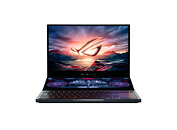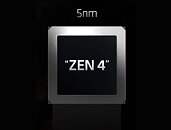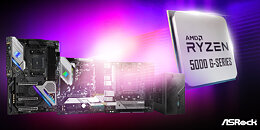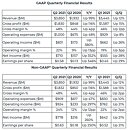
AMD's Ryzen 6000 Mobile CPUs Leak Hours Before Announcement
In a few hours, AMD is about to hold its CES press conference, but details of its Ryzen 6000 series Mobile CPUs have made their way online and it looks like anyone considering a new laptop this year, should be in for quite a treat. AMD's CEO, Lisa Su already teased the company's new CPU on social media yesterday, but obviously provided no further details, but courtesy of a leak from VideoCardz, we now have what looks like the full specs.
AMD is apparently planning no less than eight H-series consumer SKUs, plus another two U-series consumer SKUs at launch, plus the rumoured 5x25U Zen 3 based additions, which adds a further three SKUs. The new H-series processors will range from Ryzen 5 to 9 and will have max boost speeds ranging from 4.5 to 5 GHz, which confirms earlier rumours about these chips supporting very high clock speeds. All of the new CPU SKUs will feature 19 or 20 MB of L2 plus L3 cache and with the exception of the three Zen 3 based chips, all of the new processors will be manufactured at 6 nm.
AMD is apparently planning no less than eight H-series consumer SKUs, plus another two U-series consumer SKUs at launch, plus the rumoured 5x25U Zen 3 based additions, which adds a further three SKUs. The new H-series processors will range from Ryzen 5 to 9 and will have max boost speeds ranging from 4.5 to 5 GHz, which confirms earlier rumours about these chips supporting very high clock speeds. All of the new CPU SKUs will feature 19 or 20 MB of L2 plus L3 cache and with the exception of the three Zen 3 based chips, all of the new processors will be manufactured at 6 nm.


















































